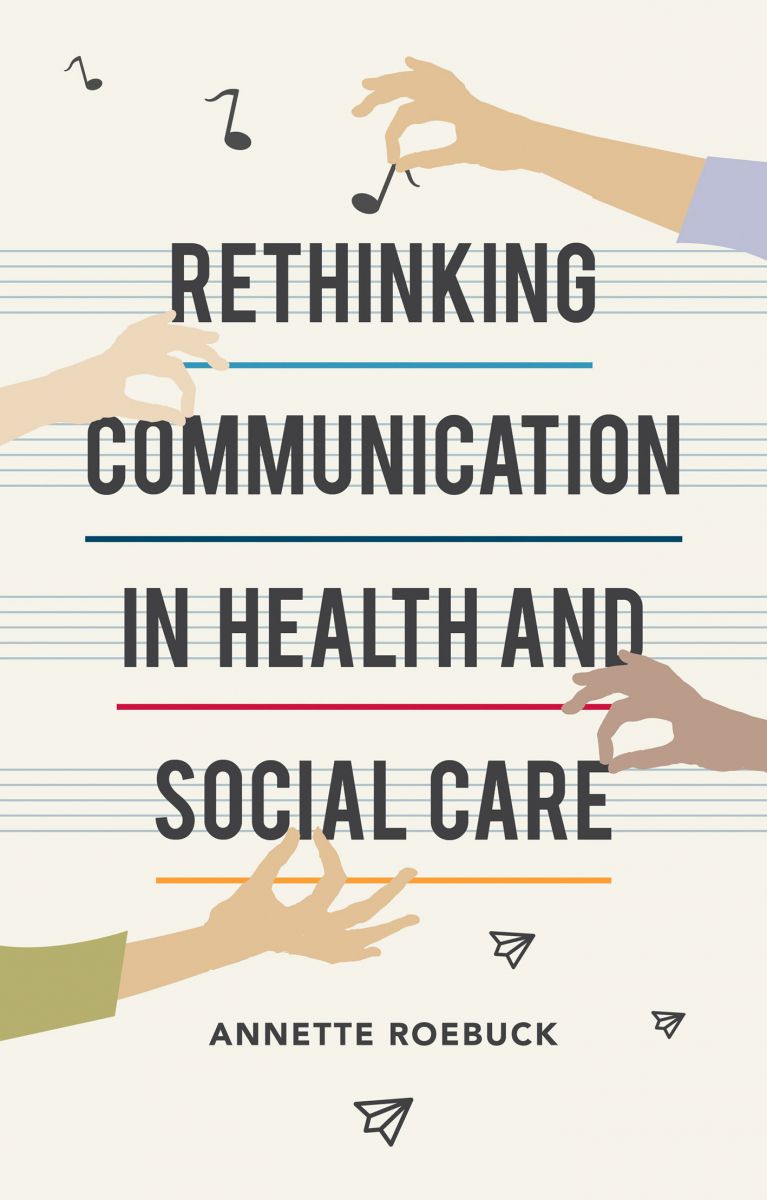Manner
Manner is the way that we act - the way that we portray ourselves to others. When we interact with people, we may wish to come across as serious, caring, professional, informal, or any of a host of adjectives that describe the performance that we are about to engage in.
Manner is linked to both the characteristics of the individual, and the setting in which the performance occurs: you may have a natural tendency towards formality and seriousness, but you will have to modify this according to the cultural environment in which your interactions take place. Manner is shown through a range of different communication components: body language, tone of voice, facial expressions, and types of words and phrases that are used.
Watch this drama produced by Communicate2U. It shows how your manner affects how you are viewed by service users in health and social care settings.
After you have watched the video, return to page 159 of the book and have a go at the exercise in Box 7.7 to put what you have learned into practice!
A New Script for Health and Social Care Staff
As you will have learned from the very beginning of the book, we are all culturally versatile communicators with a wide repertoire of communication styles at our fingertips. We use these skills without even realising it amongst our family and friends; therefore, with a little bit of thought and practice, it shouldn't be hard to use them to help us interact with people who we may feel are difficult or impossible to communicate with.
Life is like acting, and when people working in health and social care services act out their jobs they shouldn't just use words, which are hard for some people to understand. They should also use actions, pictures and their manner. Overall, professionals need to develop a good understanding of how to communiacte with all service users - both articulate ones and those who don't use words well, or at all.
Watch the two videos below: they summarise the key themes of the book in two different formats, and will help put what you have learned into practice! Once you have watched them, you can return to Box 7.9 on page 171 of the book.
1. You Talk to your Dog
2. The Sea of Words Ballet



